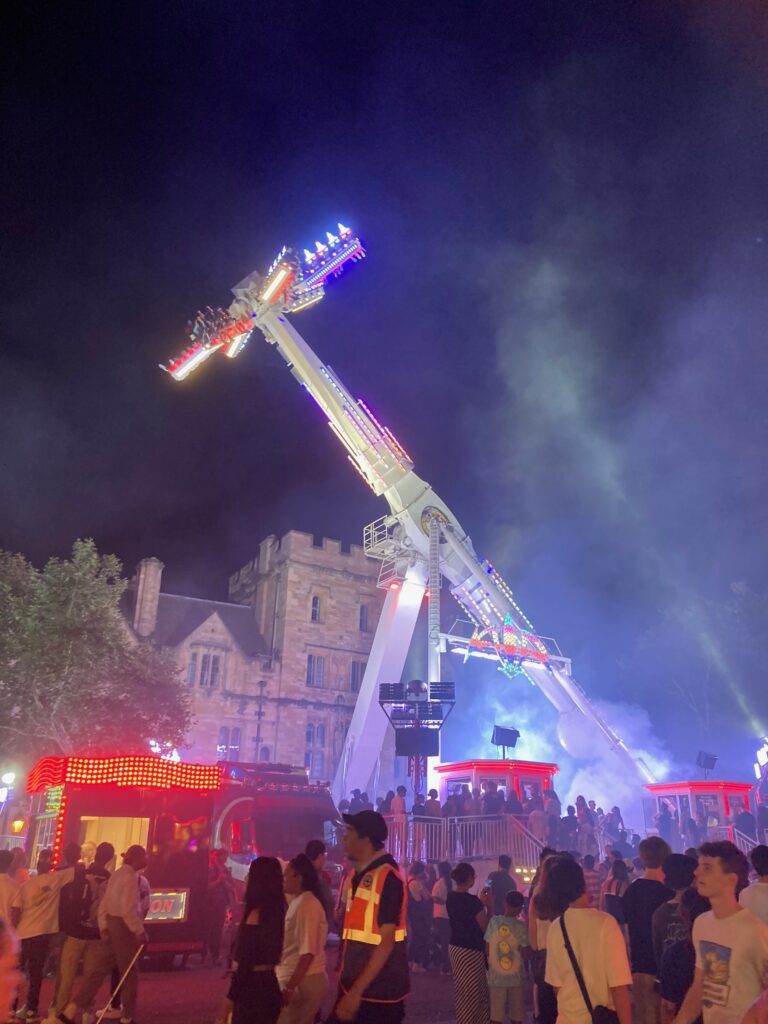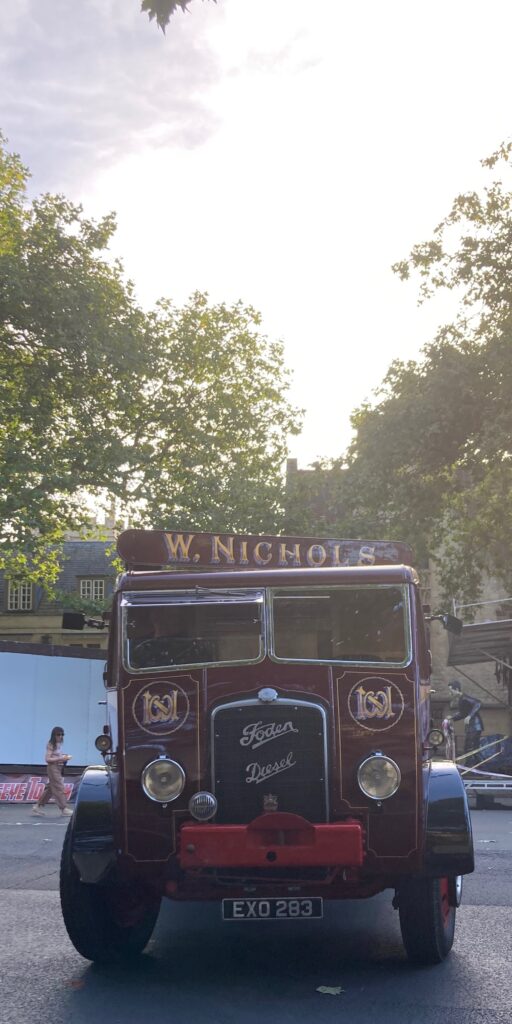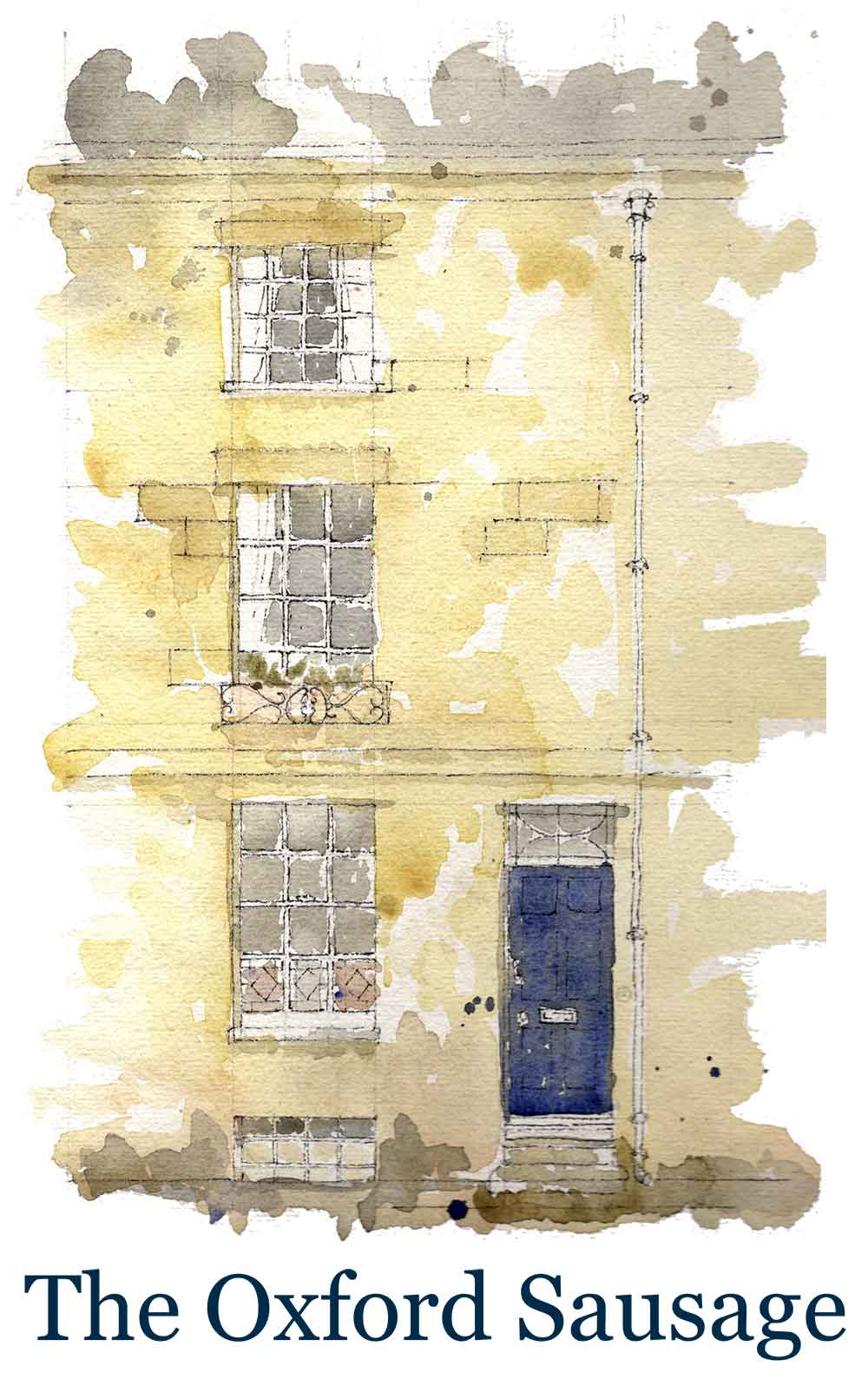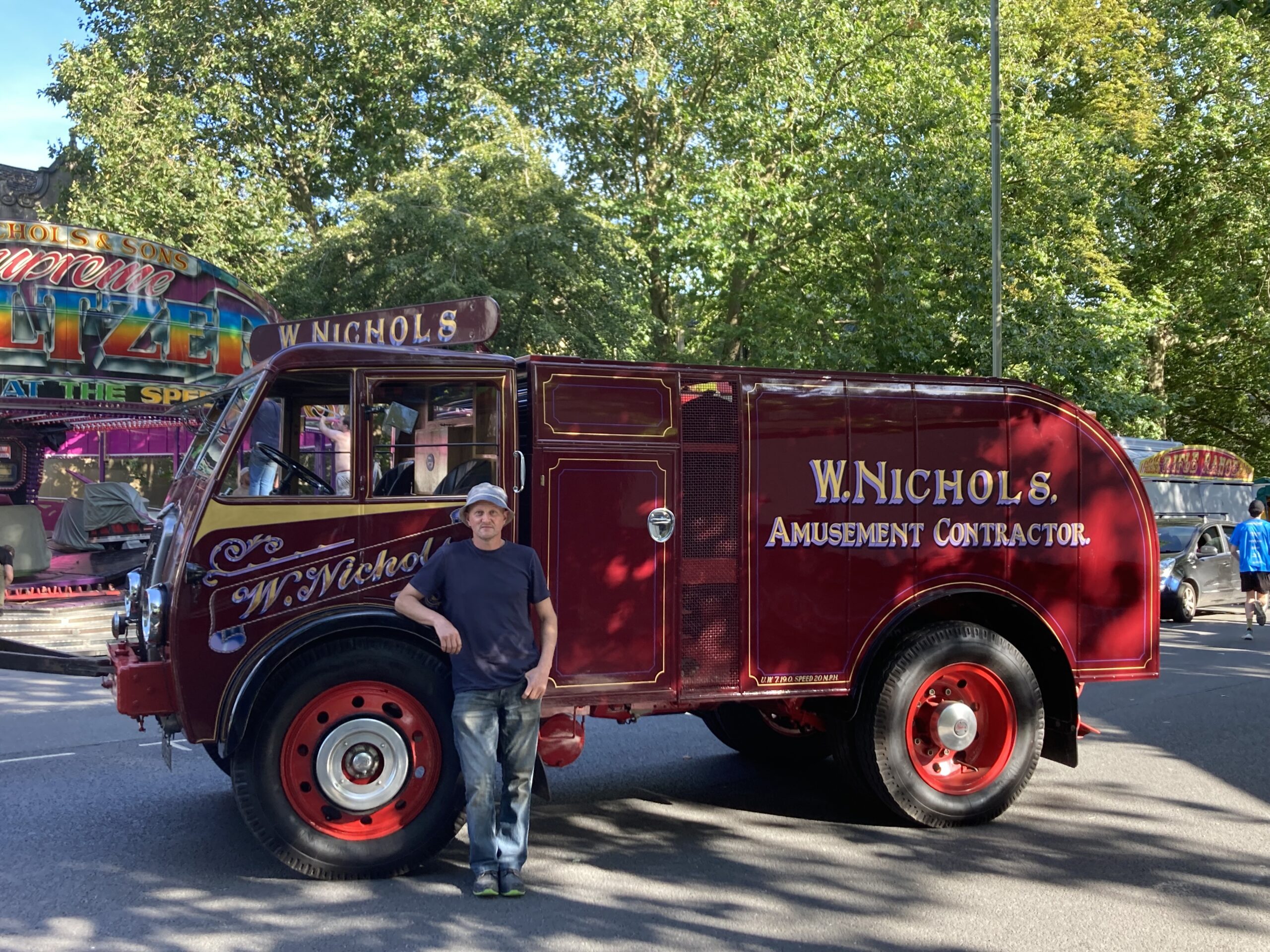Robert Nichols is surrounded by a group of admirers when he’s pointed out to me last Sunday morning. It was set up day for St Giles Fair, the two-day bonanza that transforms the wide, tree lined thoroughfare that enters Oxford from the north, into an amusement park. I’d been coming here pretty much every year since I was a child when a couple of bob would buy you a ride on the dodgems, the golden gallopers and maybe a candy floss on a stick as well. Always at the beginning of September, the Monday and Tuesday after the feast of its namesake St Giles, back then it meant the return to school. Now it heralds in autumn and the shortening of days, but it still awakes a feeling of heady excitement. So here I am, watching the showmen claim their positions and piece together their colourful painted offerings of scream inducing thrills. There’s a smell of diesel in the air and the gentle thud of a generator. I am making a note of where I can find The Kentucky Derby, the rifle range, and of course the carousel. When I am confronted by something I’d never seen before. My head is not normally turned by a piece of machinery. But this felt different. This was a real Wind in the Willows, Mr Toad moment. Here was a polished beauty out in her Sunday best, every part of her lovingly tended, a gorgeous, gleaming, glamorous red truck from a bygone age. Poop Poop!
And it belonged to Robert Nichols.
At 85, Robert is from a family of showmen. They have rented ground at St Giles Fair since the early 1900s, when Robert’s grandfather William built the name of Nichols into one of the best known on the southern fairground circuit. The first ride William purchased was a Velocipede roundabout, the riders pedalling the bikes themselves, ‘difficult to stop once they had a bit to drink’ says Robert. A set of gallopers soon followed, and then other rides too; Chairoplanes, a Whip Wop and a Cake Walk. Originally powered by steam engine, Nichols had the foresight in 1937 to order a brand new truck from Foden, a company that built reliable, hardworking, hardwearing lorries, the land rovers of their day. This would carry a generator driven by diesel. And here it was, after standing idle for many years, on its first outing since being restored to its former glory. Ready and waiting to power the Nichols Waltzers once again. Here at St Giles Fair because that was where its story began. I could not believe I was here to witness it.
But I am getting ahead of myself. For none of this would be happening if it wasn’t for John-Leonard l’Anson (pictured above). It is John-Leonard, Robert says, I need to talk to. It is John-Leonard, with his strong, passionate face beaming proudly from beneath a bucket hat, who is the magician who has painstakingly and lovingly renovated this Foden feast for the eyes. It is John-Leonard who has made this beautiful engine’s heart beat again, after years of neglect. So I leave it to him to tell her remarkable story.
“In 1937 William Nichols was looking for something to replace the steam engine. It needed to be able to move the trucks, generate power, and it needed to be able to winch the loads out of muddy fields if they got stuck. At the Earls Court motor show that year they saw lots of lorry dealers and Fodens was the one who said, ‘we can build you what you want’.
“Unfortunately William passed away before it was delivered and so his son also called William took on the company. They did lots of fairs in this area but Oxford was the big one. The important one. Its first outing here was in 1938. It was brand new. A steam engine can generate up to 250amps. This lorry could power twice as much.
“They only had it a year when war was declared. 1 September 1939, they were waiting to build up St Giles Fair, just like they are doing today, and they were told it wasn’t going to happen. It must have been a massive blow to the smaller joints. Then they hired the truck to the Ministry. Robert’s dad and uncle went out with it, hauling timber, cement and things like that for the war effort. But they were coming back at the weekend, still generating power for the fairs moving as much as they could before they went back to work on a Monday. It did two jobs all the way through the war.
“Then it went back full time on the fairground. Nichols were a big firm in those days. They had a lot of machines. They had their own amusement park in Sheerness. So they had loads to move and because this lorry had a winch on it, it was the hardest working, pulling all the heavy machines in and out of muddy sites. Always the last to pack in of an evening. It did everything. And it never let them down.
“It lasted until the late 1970s. The business had changed by then. So it got set aside. Many of these engines got modified or changed into something else. This never did. And it was never scrapped. So there it was, parked up in a yard with a sheet over it. A tree had grown up through it. But it was never forgotten.
“Then Robert saw a truck that I’d done up very similar to this. And it ignited a spark. So I got the job of restoring it. It came up to where I live in Barton-upon-Humber in North Lincolnshire and we slowly dismantled it.
“I haven’t got any qualifications for any of this. The 25 metres swimming badge that I’ve got, I’ve never found any use for yet. But lorries are something I’m very passionate about. My dad had worked for Fodens, and so I’ve been working with old lorries since I was a young lad in the yard. My granddad wasn’t allowed to sign up for the war because as a lorry driver he had a job of national importance. So I grew up with stories about these old lorries from him, how they were indestructible. They made enough money for the household to live on. And for the Nichols, their lorry would have been as important to them as my granddads lorries would have been to him. It was like having a loyal friend. They were part of the family. And although I’m not religious, I do believe if something is mean to be, it’s meant to be. When a driver’s been in this lorry most of their working life, surely they’ve left something behind in it. If a lorry has a soul, its got to be in there somewhere.
“So you see I feel I know how important this was to the people it served when it was new. It was something special. It was the state of the art in its day. There were lots of problems from the 40 years while it stood and then the 40 years of hard work before that, but I understood I had to do it justice. I needed to find the right bits, so it would do exactly as it used to. If I wasn’t happy with something I’d do it again. That’s what it deserved. I put a lot of myself into it.
“I started working on it in 2017, but because of covid, it sort of lost its momentum. Then this year we thought right, we’re going to get it back where it belongs. Back on the fairground. Back doing what it was made to do. And that’s what it’s doing today.”
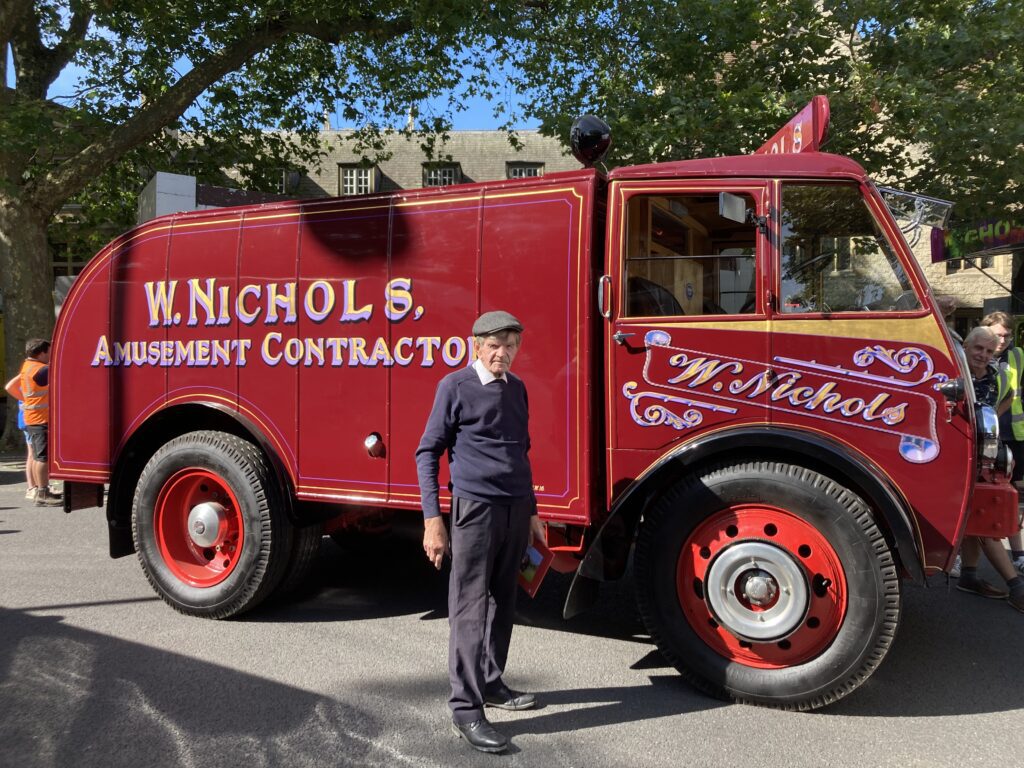
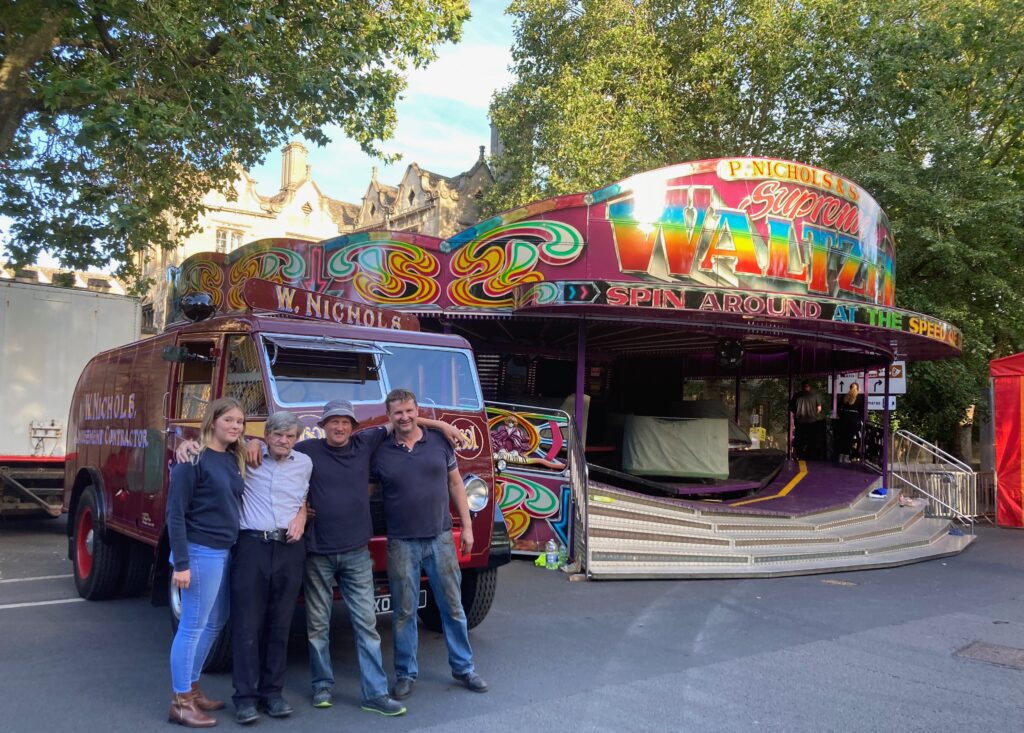
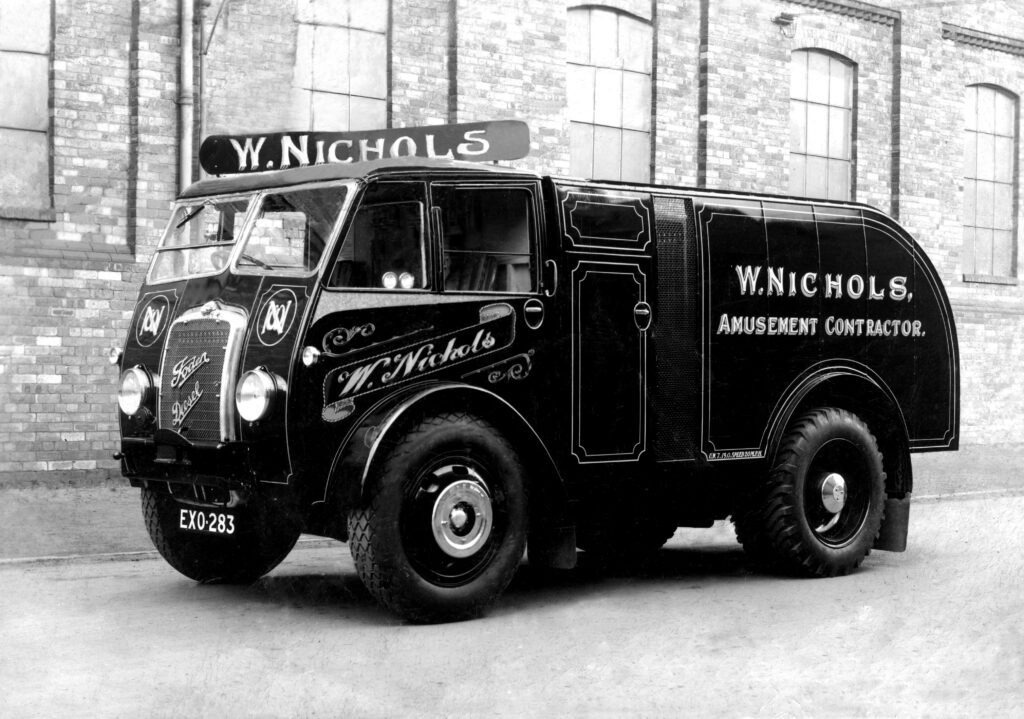
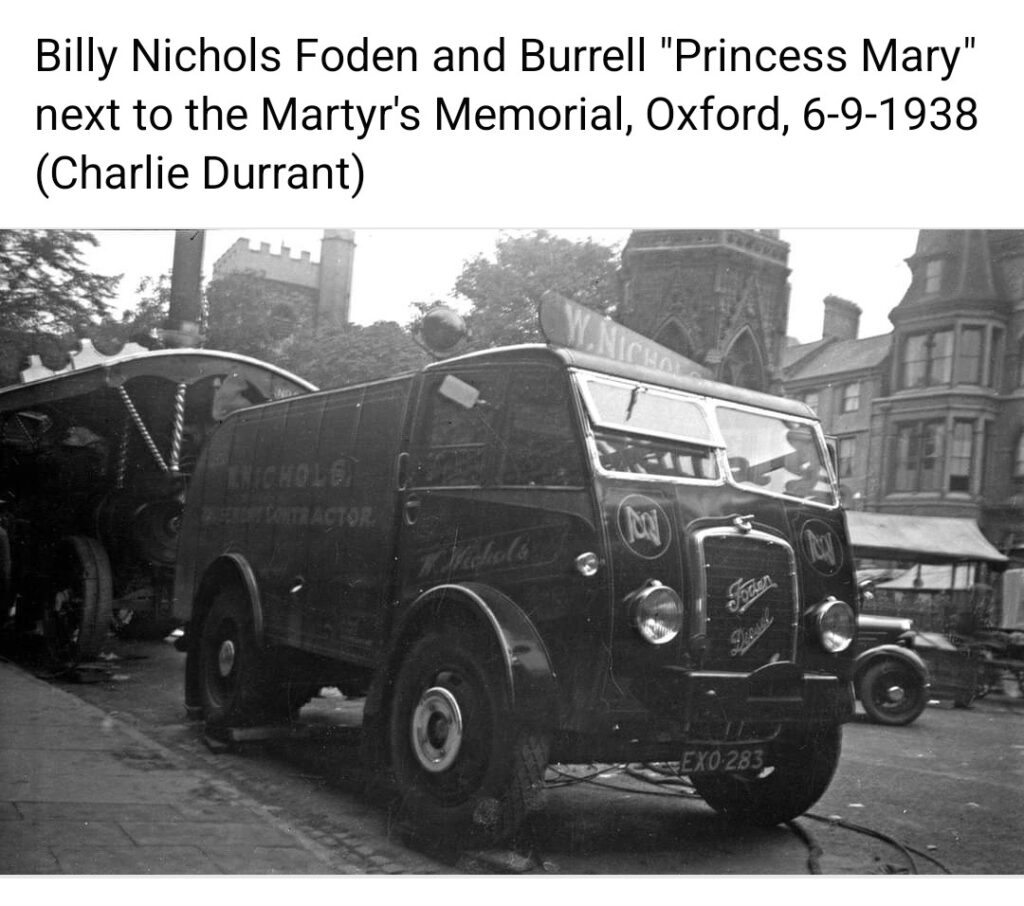
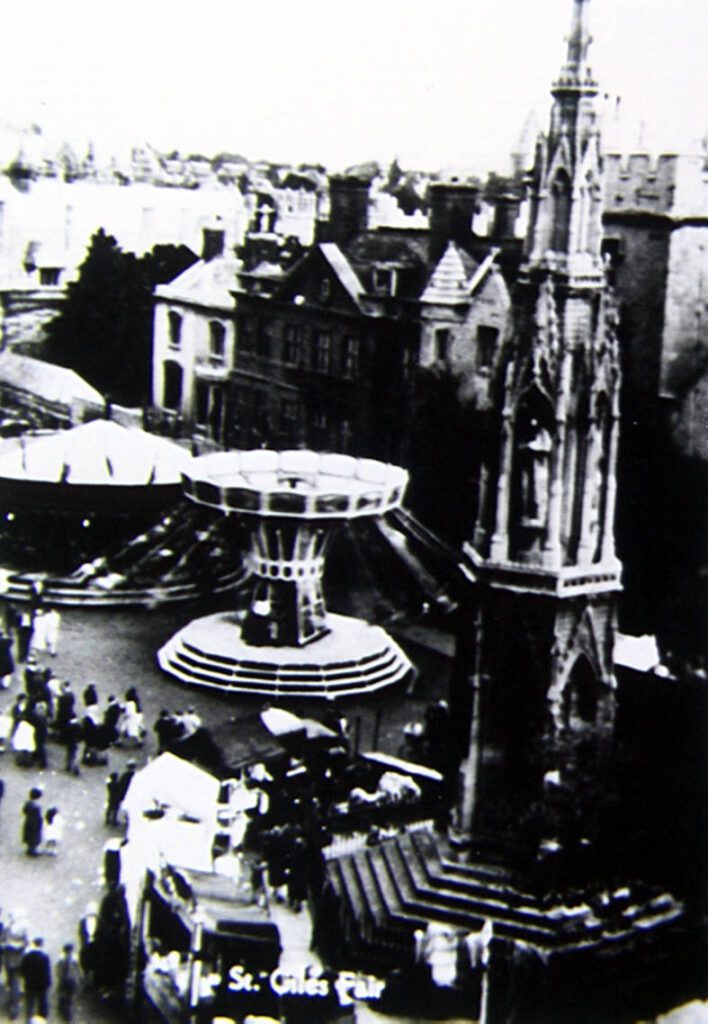
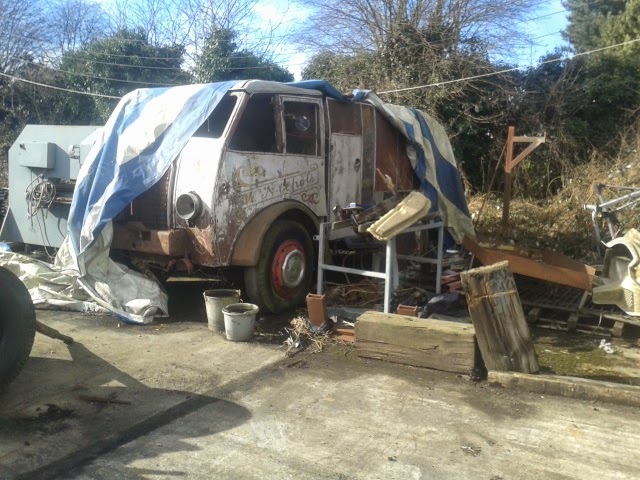
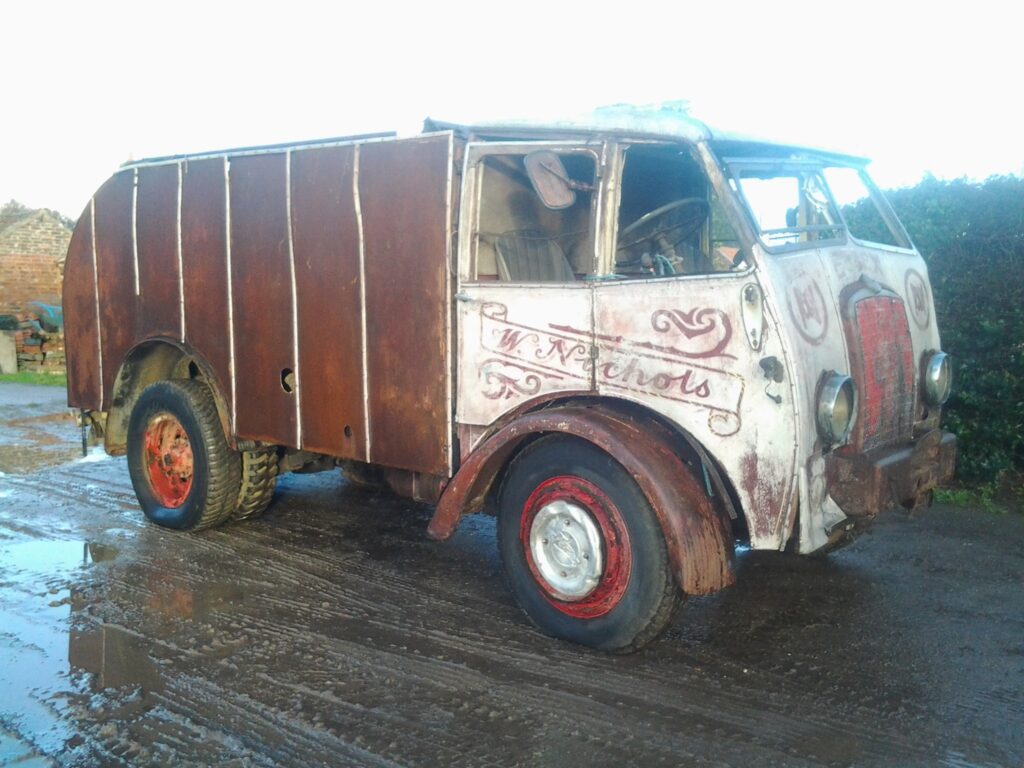
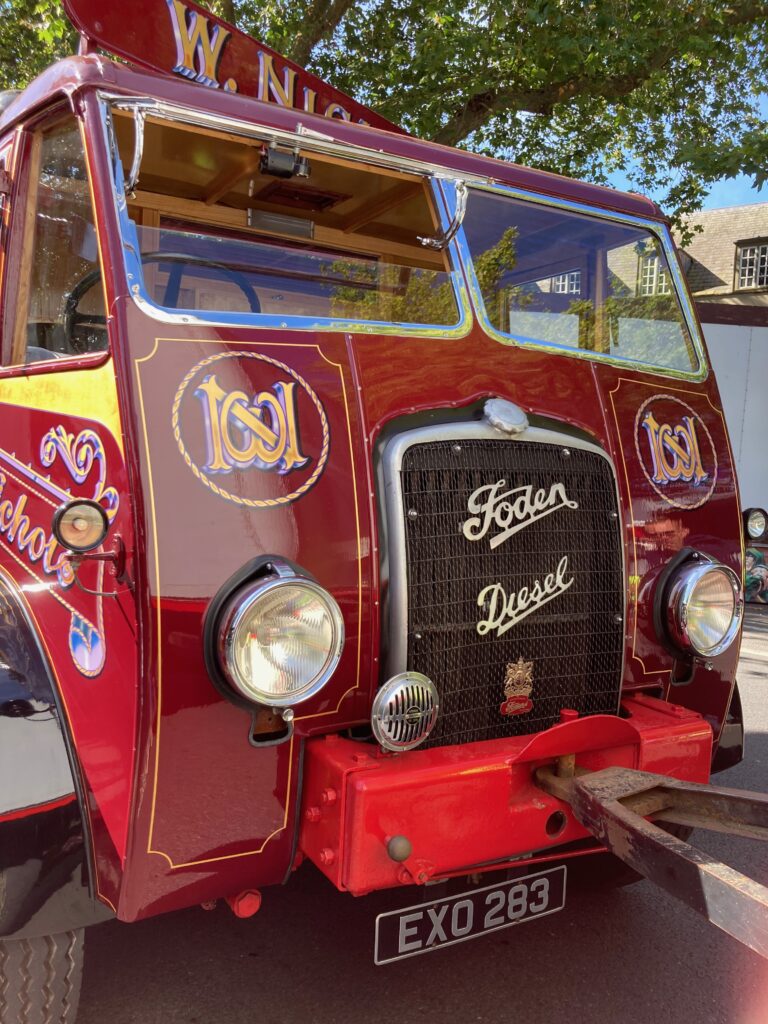
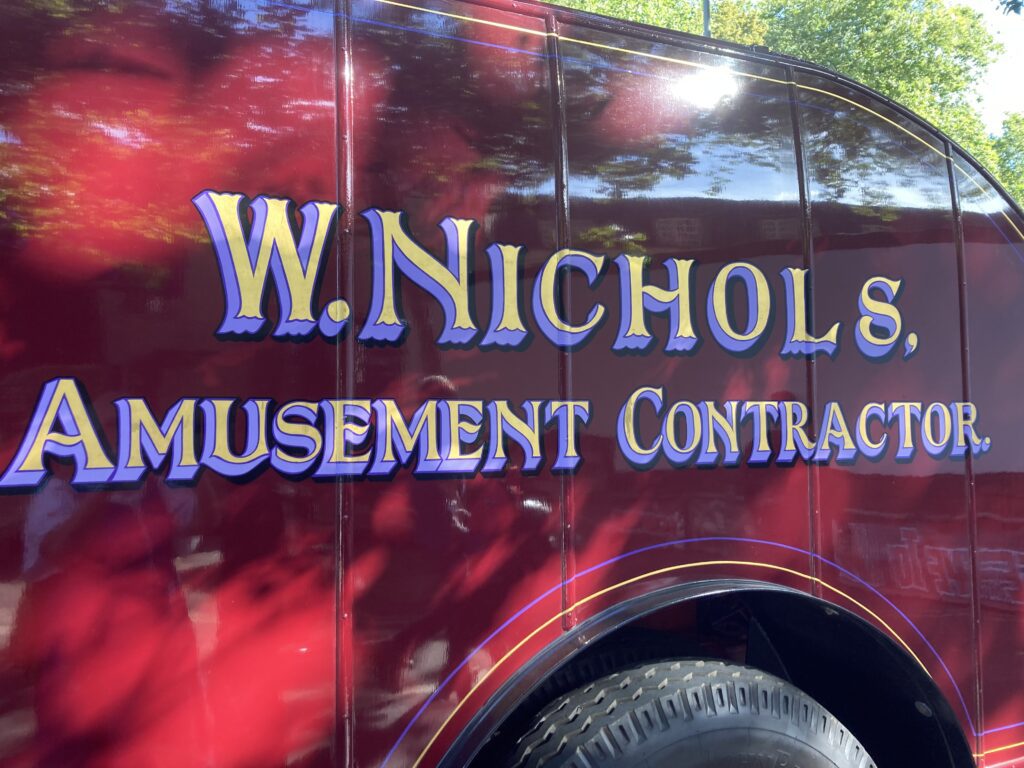

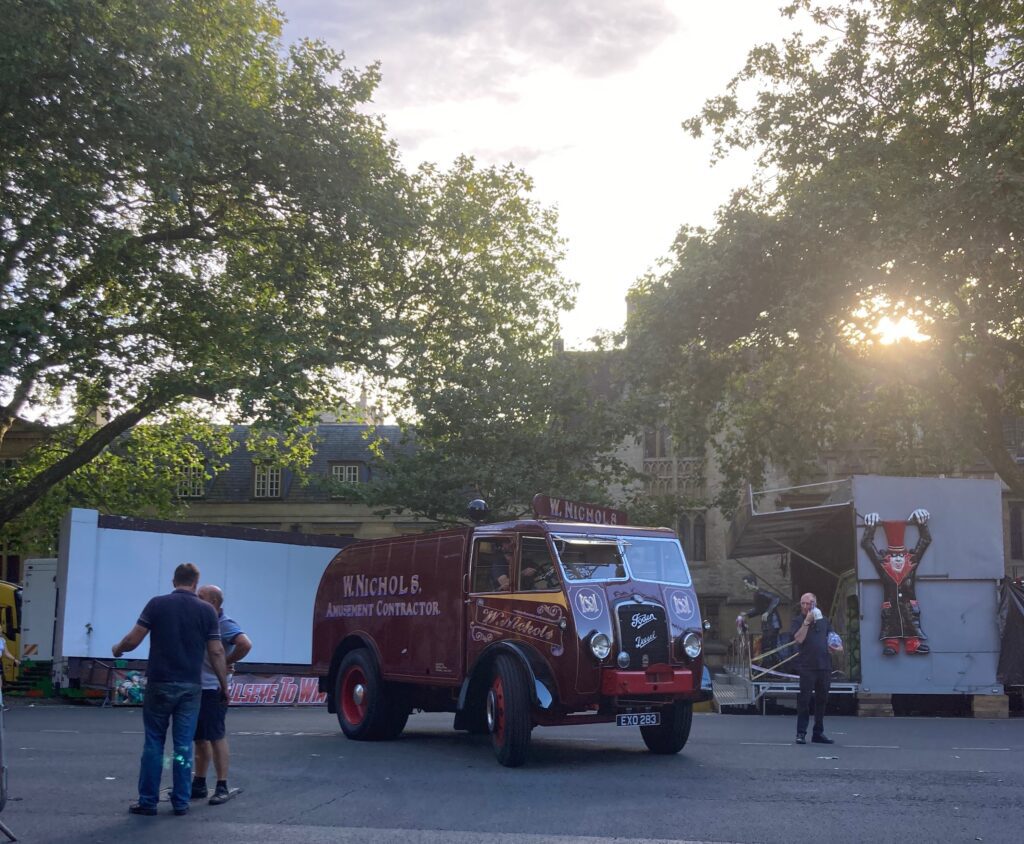
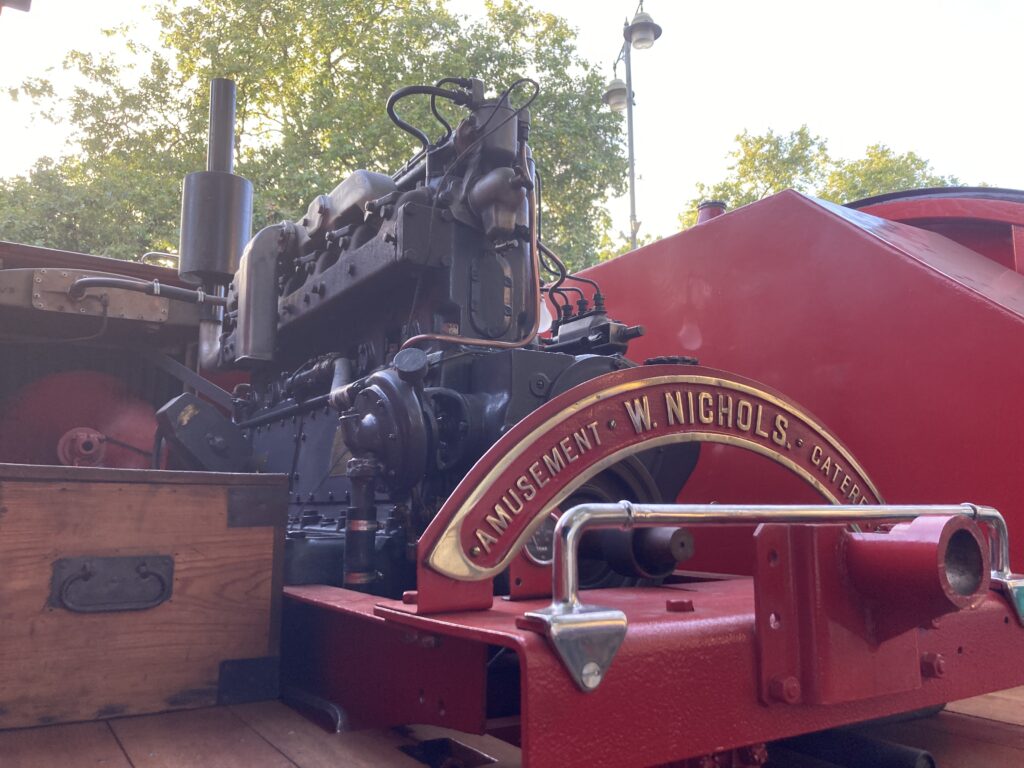
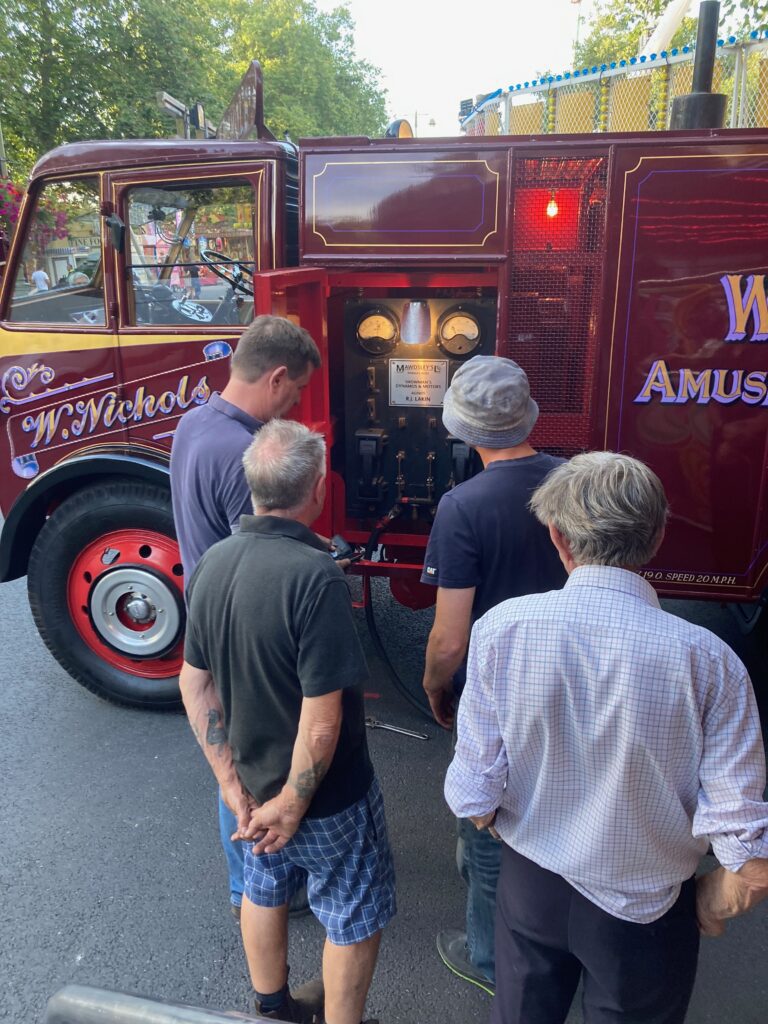
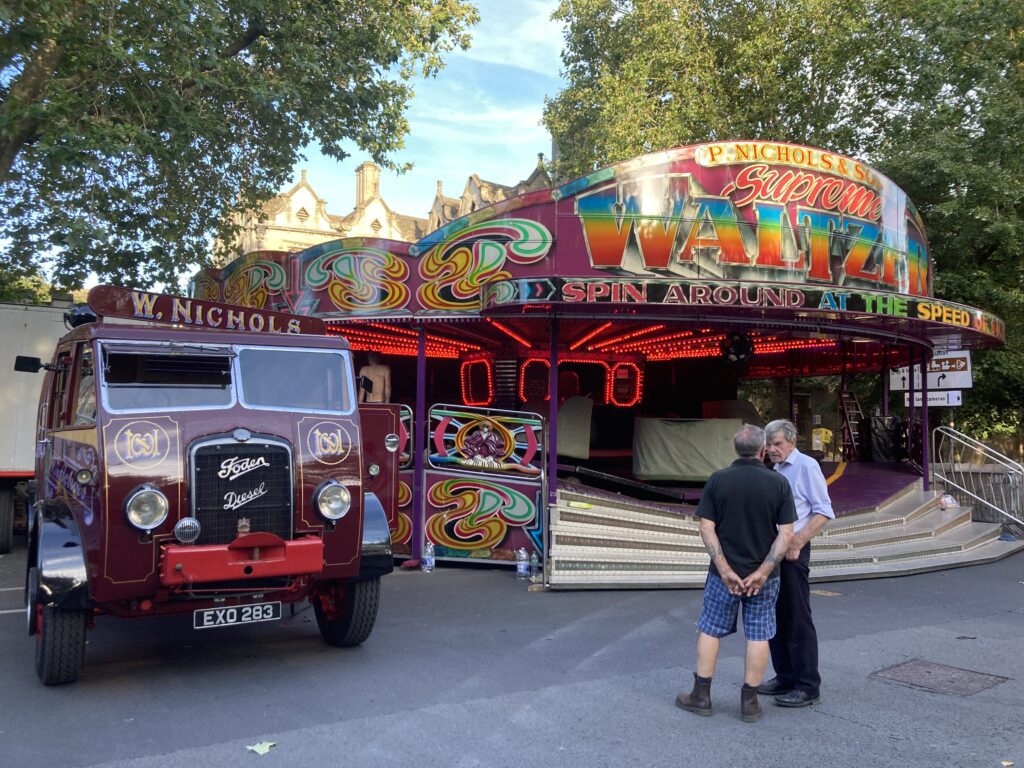
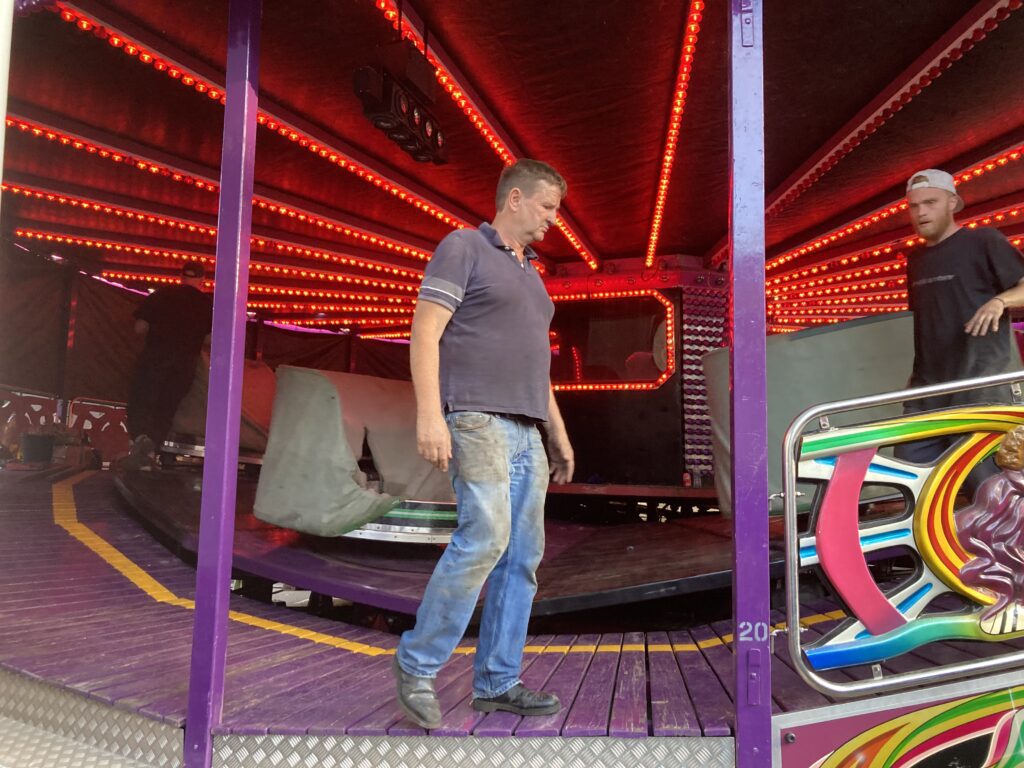
Paul Nichols, the fourth generation to run the family’s rides at St Giles Fair, checks everything is in working order

